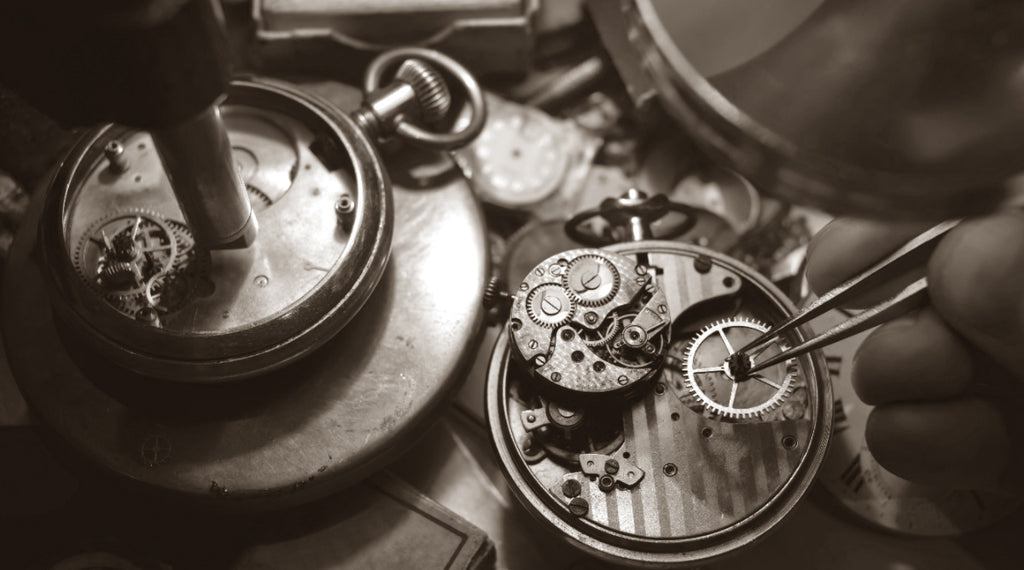The History of Wooden Watches
Apr 15, 2021

There are few inevitabilities in life, but the continued movement forward is definitely one of them. As the Freddie Mercury song says, ‘time waits for no one.’ The sands of time continue falling, and the clock hands keep marching on, regardless of our feelings on the matter. That fact drives us forward, makes us do more. And so we manage our time more wisely, always strive to keep one eye trained on the clock lest the seconds, minutes, and hours slip through our fingers. Of course, this is impossible without some type of time-telling mechanism and the watch – including the wood watch – filled that need nicely. But as the years have gone on, these timepieces have become more of a fashion statement than just a practical tool.
Curious about just the story behind this development or maybe just the history of the watch altogether? Well, it’s no wonder. This history is one rarely told but fascinating, nonetheless. It has its roots in 16th century Europe, evolving from the spring-driven portable clocks of the time. It was made by a German locksmith named Peter Henlein in 1505, who was presumably tired of the impracticality, imprecision, and importability of other timekeeping solutions, and is largely considered the world’s oldest watch.

Although, it was not him who actually declared the invention a “watch.” That honor belongs to local sailors of the day, who used it in place of their hourglasses to monitor their 4-hour shifts that were typically called watches. The association stuck and quickly became the official term, even to this very day. From that point on, watches quickly evolved, with today's recognizable flat design in 1675, the wristwatch in 1868, the electric one in the 1950s, and the first quartz movement in 1969.
What about the wooden watch, though? That came a few years later in 1980, created by James Borden, a repairman who had never had any experience with the little tech’s mechanisms. However, he was fascinated by it and decided he wanted to try his own hand (or rather, wrist) at it. Since metalwork wasn’t particularly accessible to him, he decided to craft his watch from what he had on hand and could work with: wood. He did, thus the wooden watch was born, all pieces minus the quartz crystal being made entirely of the stuff.
While born due to a lack of other materials – necessity is the mother of invention, after all – the wooden watch has become something more. Nowadays, it’s a fashion and personal statement all in one, a move to stand out while also getting a step closer to nature. It’s become somewhat of an ethical statement over the years, too, a move to reduce the harm done to our environment as almost every modern-day wood watch is made entirely of reclaimed materials. Where will it go from here? That’s anyone’s best guess. But we’re sure that whatever’s next will be just as great and innovative as everything that’s come before, and we can’t wait to see it.
